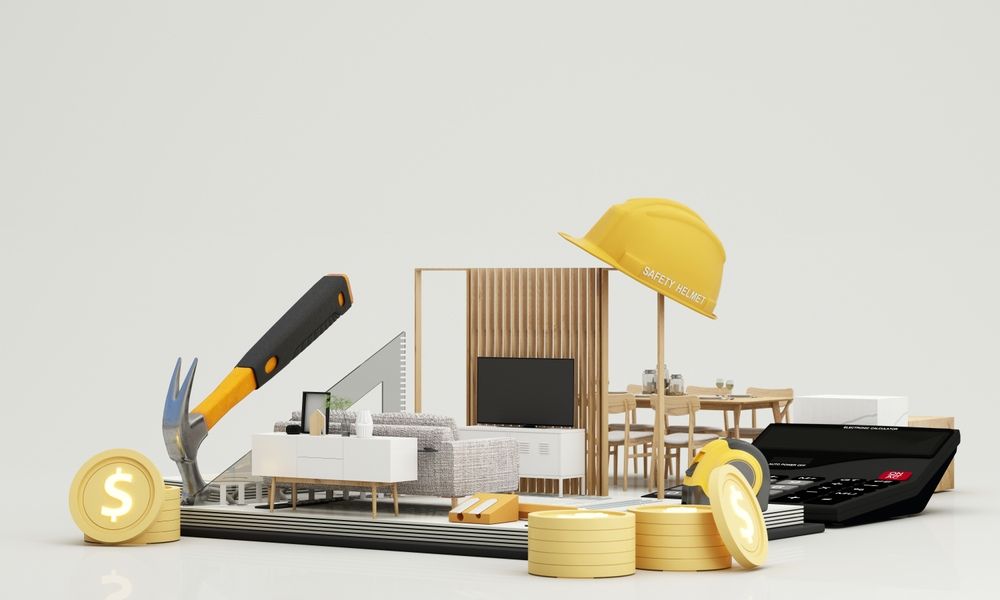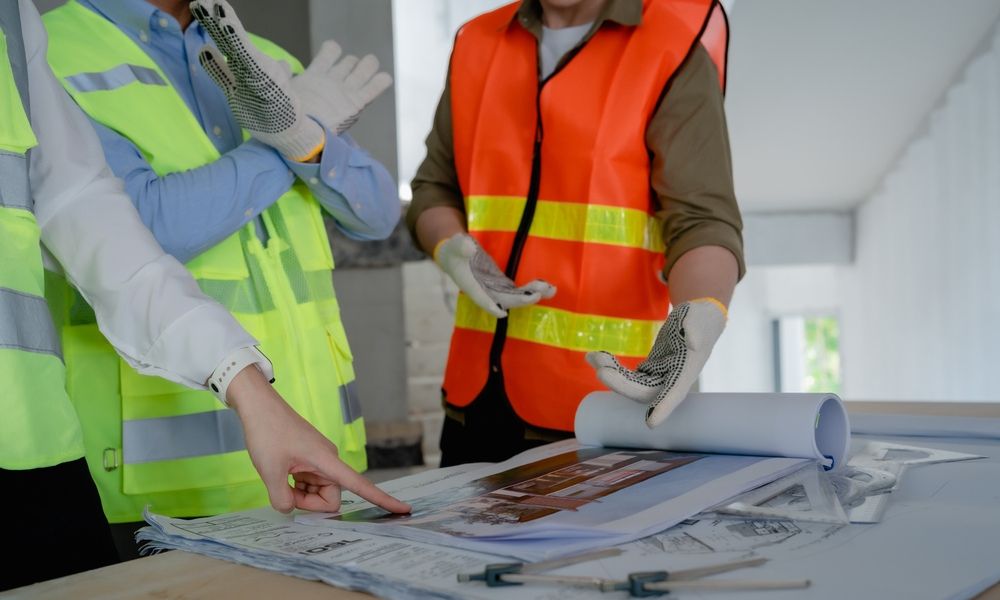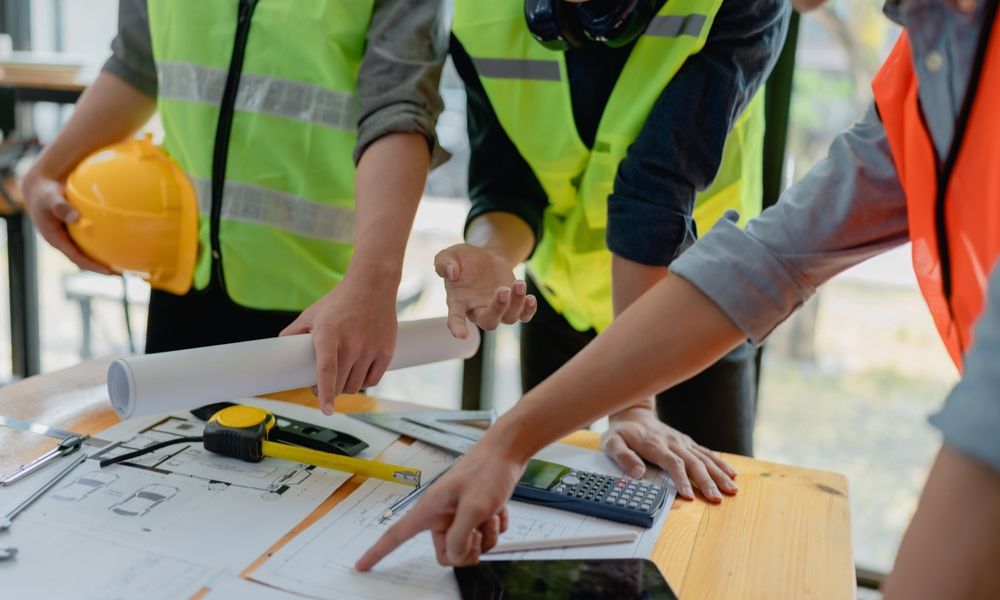As the demand for sustainable construction continues to grow, builders, architects, and quantity surveyors are increasingly focusing on ways to minimize environmental impact. One key process that plays a crucial role in sustainable building is material takeoff. Material takeoff is not only essential for accurate project planning and budgeting but also serves as a foundational step toward resource-efficient, eco-friendly construction.
We’ll explore how material takeoff contributes to sustainability in the building industry and the best practices to ensure its effectiveness in green construction.
What is Material Takeoff?
Material takeoff (MTO) is the process of identifying and quantifying the materials needed for a construction project. This involves analyzing project drawings, blueprints, and specifications to measure and list materials like concrete, steel, timber, insulation, and more. The primary goal of material takeoff is to ensure that the right quantities of each material are ordered to avoid waste, control costs, and streamline the construction process.
While material takeoff has traditionally been a tool for estimating costs and managing budgets, its role in sustainable building has become increasingly significant.
How Material Takeoff Contributes to Sustainable Building
In sustainable construction, material takeoff serves as a critical tool in minimizing waste, optimizing resource use, and reducing the environmental footprint of building projects. Here’s how material takeoff contributes to sustainable building:
Minimizing Material Waste
A well-executed material takeoff helps identify the exact quantities of materials required for a project, reducing the likelihood of over-ordering or under-ordering. By ordering only what is needed, the project minimizes excess materials, reducing waste sent to landfills and conserving resources. This is particularly important for materials with high environmental costs, such as concrete and steel.
Promoting Efficient Resource Use
Accurate material takeoff ensures that resources are used efficiently. When the correct amounts of materials are ordered and allocated, it reduces the environmental impact associated with extraction, manufacturing, and transportation. For instance, accurate calculations mean fewer deliveries and less fuel consumption, ultimately reducing carbon emissions.
Supporting Sustainable Material Selection
Material takeoff allows builders to assess the types and quantities of materials required and make informed decisions about sustainable alternatives. For example, by reviewing the takeoff, builders can opt for recycled materials, low-carbon concrete, sustainably sourced timber, or other eco-friendly options. This supports sustainability by reducing reliance on virgin materials and lowering the overall carbon footprint.
Reducing Project Delays and Environmental Impact
Inaccurate material estimates can lead to project delays, which often mean extended equipment use, increased energy consumption, and added emissions. By ensuring that all necessary materials are accounted for from the start, material takeoff helps avoid costly delays and their associated environmental impacts.
Enhancing Budget Accuracy for Sustainable Projects
Budgeting is crucial for sustainable projects, which may have additional costs for eco-friendly materials or green certifications. Accurate material takeoff allows project managers to plan budgets that align with sustainable goals, ensuring that funds are used efficiently and effectively in supporting green initiatives.
Best Practices for Sustainable Material Takeoff

To maximize the sustainability benefits of material takeoff, it’s essential to follow best practices. Here are some tips for performing a material takeoff with sustainability in mind:
Prioritize Recycled and Reused Materials
When conducting a material takeoff, consider options for recycled or reused materials. Look for suppliers that offer reclaimed wood, recycled concrete, or other materials with lower environmental impact. By factoring these into the takeoff, you can support sustainability from the planning stages.
Account for Material Efficiency in Design
The design phase has a significant impact on material requirements. By collaborating with architects and engineers, estimators can identify ways to reduce material usage through efficient design, such as minimizing waste-generating cuts or utilizing modular components that can be prefabricated.
Use Digital Tools for Accurate Estimation
Digital tools like Bluebeam Revu, PlanSwift, and CostX improve accuracy in material takeoff, minimizing the risk of human error and reducing the chance of ordering unnecessary materials. These tools also allow for easy adjustments if sustainable materials are chosen after initial calculations.
Include a Buffer, But Avoid Over-Ordering
While it’s essential to avoid underestimating, over-ordering also leads to waste. A small buffer for potential issues is sensible, but make sure it’s not excessive. This reduces the risk of having unused materials that cannot be easily repurposed.
Optimize Material Transportation and Delivery
Material takeoff isn’t just about the quantities; it’s also about logistics. Optimize transportation to reduce emissions by scheduling deliveries strategically to minimize trips and fuel usage. For example, bulk ordering from local suppliers can reduce transportation distance and support local economies.
Case Studies: Material Takeoff in Sustainable Building Projects
Let’s look at a few examples of how material takeoff has supported sustainable building initiatives:
Case Study 1: Green Office Complex
In a project to construct an eco-friendly office complex, the construction team used a detailed material takeoff to prioritize locally sourced, low-carbon materials. By carefully calculating the required quantities of each material, the team was able to minimize waste and avoid unnecessary deliveries, significantly lowering the project’s overall carbon footprint.
Case Study 2: Affordable Housing with Recycled Materials
For a sustainable affordable housing project, the builders used material takeoff to incorporate recycled materials, including reclaimed wood and recycled steel. The detailed takeoff helped the team plan precise quantities, ensuring the efficient use of recycled resources and reducing waste.
Case Study 3: Net-Zero Energy School Building
A net-zero energy school building project employed advanced material takeoff software to plan for eco-friendly insulation, solar panels, and energy-efficient systems. By focusing on sustainable materials from the takeoff stage, the project team successfully reduced energy usage and aligned with green building standards.
Digital Tools for Sustainable Material Takeoff
Utilizing digital tools in material takeoff can significantly enhance sustainability efforts by improving accuracy, facilitating adjustments, and providing easy data management. Here are some popular tools used in sustainable construction projects:
Bluebeam Revu:
Known for its powerful markup and measurement tools, Bluebeam is widely used for material takeoff. It helps users accurately measure materials from digital drawings, reducing the risk of waste from miscalculations.
PlanSwift:
PlanSwift allows users to quickly measure and estimate materials, making it easier to adjust quantities based on sustainable material choices. It’s user-friendly and integrates well with other project management software.
CostX:
Designed for quantity surveyors, CostX offers advanced features for detailed takeoff and cost estimation, helping project managers make cost-effective decisions that support sustainability goals.
By incorporating these tools, construction professionals can perform accurate material takeoffs that align with sustainable building objectives, ultimately reducing waste and promoting eco-friendly practices.
The Benefits of Sustainable Material Takeoff
An effective, sustainability-focused material takeoff brings numerous benefits:
- Lower Environmental Impact: By ordering only necessary materials, builders reduce waste, conserve resources, and decrease carbon emissions.
- Cost Savings: Efficient resource management leads to cost savings by avoiding over-ordering and minimizing waste disposal expenses.
- Improved Project Efficiency: When material needs are accurately determined, projects run more smoothly, reducing the likelihood of delays.
- Enhanced Marketability: Sustainable building practices can attract clients seeking eco-friendly construction, providing a competitive advantage.
Conclusion
Material takeoff plays an integral role in sustainable building by ensuring efficient use of materials, minimizing waste, and reducing environmental impact. By adopting best practices for sustainable material takeoff and leveraging digital tools, construction professionals can contribute to eco-friendly building practices that support a greener future.
As the construction industry continues to embrace sustainability, the importance of material takeoff in achieving environmental goals will only grow. Whether you’re a seasoned quantity surveyor or a beginner in construction estimating, focusing on sustainable practices in material takeoff can make a significant difference.
Take Your Estimating Skills to the Next Level with Our Quantity Surveying Course
Interested in learning more about material takeoff and sustainable construction practices? Our Online Quantity Surveying Course offers in-depth training on material takeoff, cost estimation, and sustainable building techniques. Gain valuable skills that can set you apart in the construction industry and contribute to a greener future.
Enroll Now in Our Quantity Surveying Course and start building a career that supports sustainable construction!




